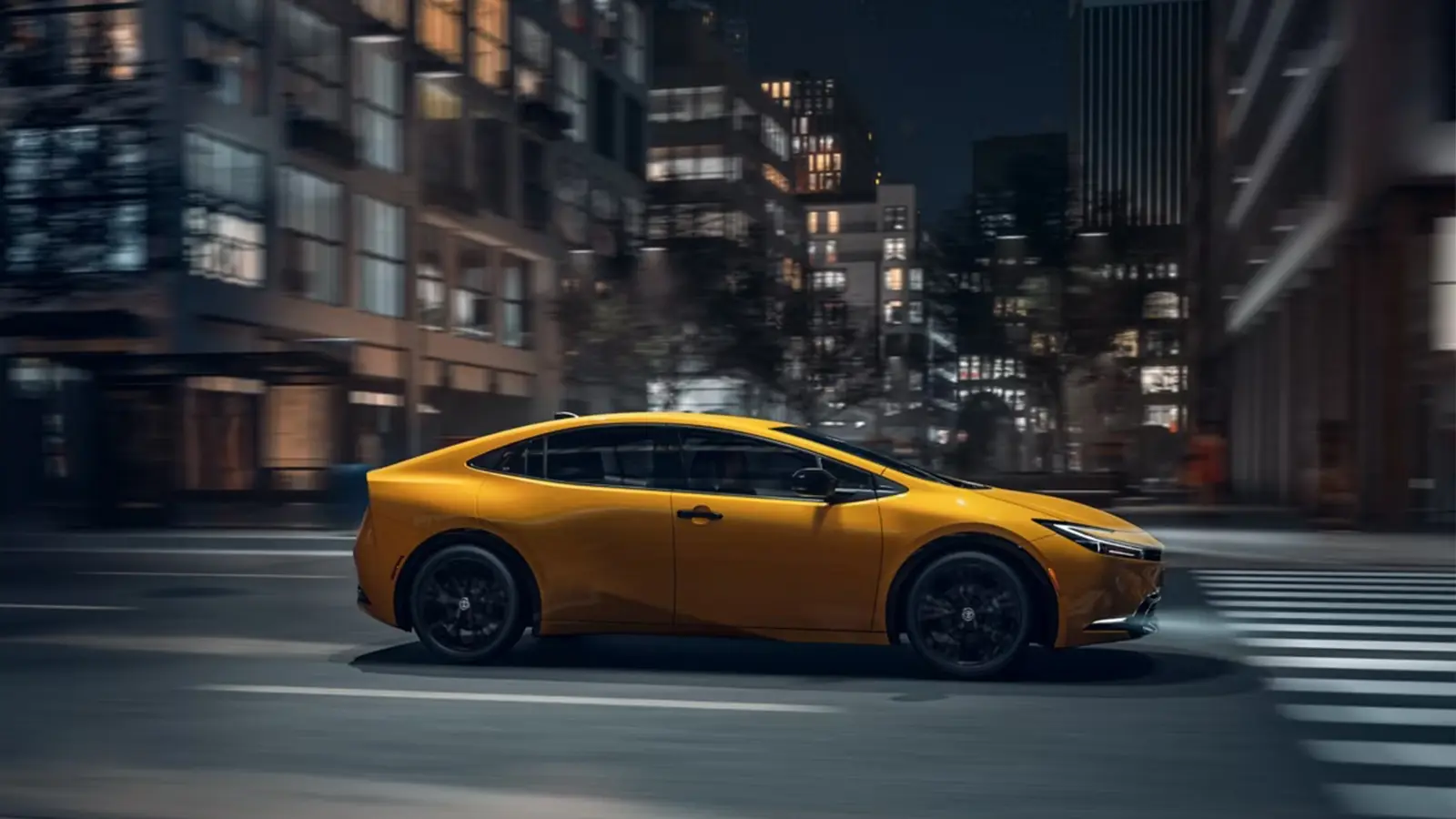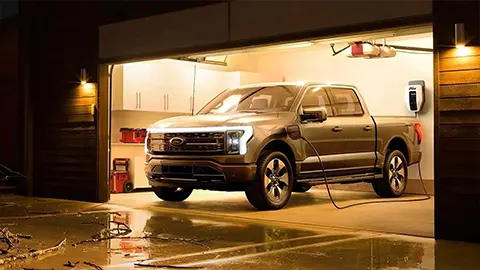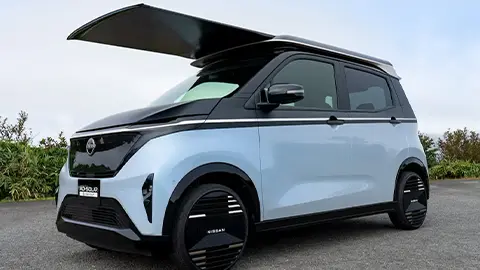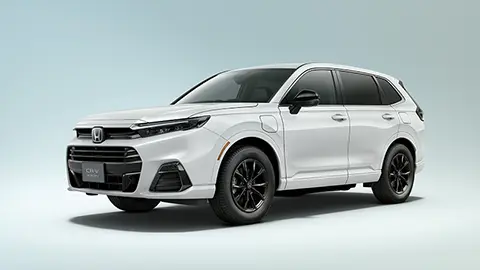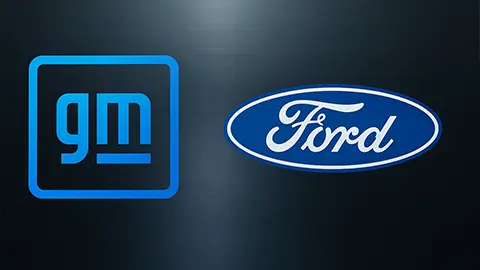Fast Facts - Hybrid Sales Growth 2025
📈 Sales Jump: Hybrid sales up 36% in Q2 2025
🚗 Market Share: 22% of new light-duty vehicles sold were hybrids
💰 Price Drop: Average new hybrid now $33,255; used listings up 11%
🌱 Efficiency: Up to 52 mpg depending on make and model
🛣 Consumer Shift: EV tax credit phase-out drives hybrid demand
🏭 Models: More hybrid options from Toyota, Hyundai, Kia, Honda
Hybrid Sales Surge as Affordability Improves
The sale of hybrid-electric vehicles is experiencing strong growth in 2025, with a 36 percent increase reported in the second quarter of 2025. Continued growth in the U.S. has been driven by the loss of federal EV tax credits, rising consumer interest in fuel efficient cars, and the availability of more excellent hybrid models on the market.
With a hybrid, you pull into a gas station, fill up with regular, and have the advantage of getting up to 52 EPA-estimated miles per gallon (depending on the make and model of hybrid). What’s not to like? There’s no plugging into electricity at all, no trying to find a charging station, nothing out of the ordinary.
With a hybrid car, you never experience range anxiety that’s associated with EVs. Actually, with the elimination of federal EV tax credits, traditional hybrids are sounding pretty good for a lot of people right now and the prices on hybrid vehicles is coming down. In fact, hybrids are becoming as price competitive today as gas-powered cars.
Factors for Lower Hybrid Cost
In the last year, consumer preferences have been changing, and automakers are gearing up for increasing hybrid car demand. Overall hybrid sales are growing, the market is seeing more hybrid models, and new incentives are being offered. All together, these factors are lowering transaction prices.
See how EV batteries differ from hybrids: EV Battery Basics: Care and Longevity
Factors include increased consumer interest as drivers turn to hybrids to bridge the gap between ICE cars and full electrification. This has led automakers to increase production and offer more choices than ever on quality hybrid vehicles.
Naturally, as the market for hybrids grow, automakers compete for market share by adjusting prices lower and offering incentives to attract buyers. As some drivers turn away from EV s for now, and the auto industry offers better deals on hybrids, the stage is set for competitive pricing to meet demand.
Recent reports indicate that the price of a new hybrid car is on par with similar gas-powered cars. For instance, we just ran an article on the new 2026 Subaru Crosstrek Hybrid that has an MSRP of $35,415. That’s just $3,370 more than the typical gasoline-only Crosstrek model.
The Hybrid version comes with a 2.5-liter engine and two electric motors for a total of 194 horsepower compared with 180 hp in the base gas-only Crosstrek. Other upgrades for that extra three grand include a 10-way power driver’s seat, a power sunroof, and more.
Prices have also dropped on used hybrid vehicles. According to a report in NewsNation, the used hybrid market is trending cheaper than in previous years. Used hybrids are more available as well. Used hybrid listings are up by 11 percent over last year. Growing sales of new hybrids is keeping the used market strong.
Twenty-two Percent of Vehicles Sold Are Hybrids
According to the U.S. Energy Information Administration (EIA), about 22 percent of light-duty vehicles sold in the first quarter of the year in the United States were hybrid, or plug-in hybrid vehicles, up from about 18 percent in the first quarter of 2024.
Among those categories, hybrid electric vehicles have continued to gain market share while battery electric vehicles and plug-in hybrid vehicles have remained relatively flat, according to estimates from Wards Intelligence.
According to the EIA, these different vehicle types affect the energy sector in different ways. Battery electric vehicles and plug-in hybrid vehicles can consume electricity from isolated power sources or, more commonly, from the electric grid. So, their use can affect electricity demand. By comparison, hybrid electric vehicles do not have electrical plugs, so they don’t directly affect grid-delivered electricity demand.
Another piece to the advance of hybrid sales is that many EVs are aimed at the high-end luxury market. Electric vehicles have accounted for more than one third of luxury car sales so far in 2025.
Hybrids, on the other hand, have become much more affordable for the average American. Starting MSRP range from $24,000 to $40,000. The average price for a new hybrid vehicle today is $33,255. The least expensive models such as the Toyota Corolla Hybrid, starts in the low $20,000s.
Hybrid Price Examples
- Toyota Corolla Hybrid: $24,000 to $24,760 MSRP.
- Hyundai Elantra Hybrid: Mid-$20,000, around $26,250 MSRP.
- Kia Niro: Around $28,265 MSRP.
- Kia Sportage Hybrid: MSRP starts around $28,790.
- Toyota Prius: MSRP starts around $29,585.
- Honda Civic Hybrid: MSRP starts around $29,845.
- Toyota RAV4 Hybrid: MSRP starts in the low $30,000s.
📊 EV & Hybrid Market Updates
- Global EV Sales Keep Growing
EV and hybrid sales rose 15% in August 2025, with 1.7M units sold worldwide.
Read More ➜ - 2026 Subaru Crosstrek Hybrid First Drive
Subaru’s latest hybrid small SUV delivers more efficiency and useful upgrades.
Read More ➜ - Hybrid vs Plug-In Hybrid vs Electric
A simple guide comparing drivetrains and which fits your lifestyle best.
Read More ➜




